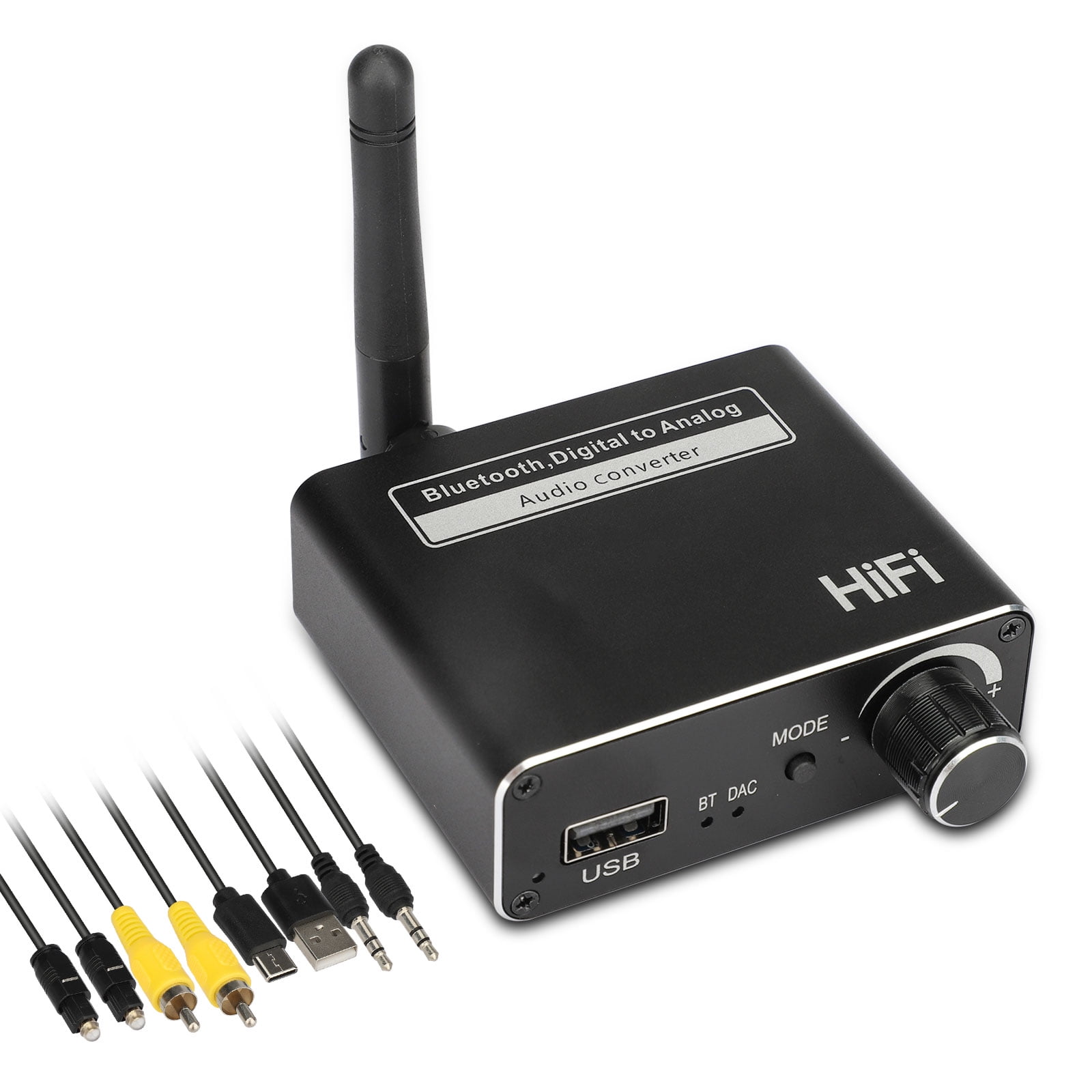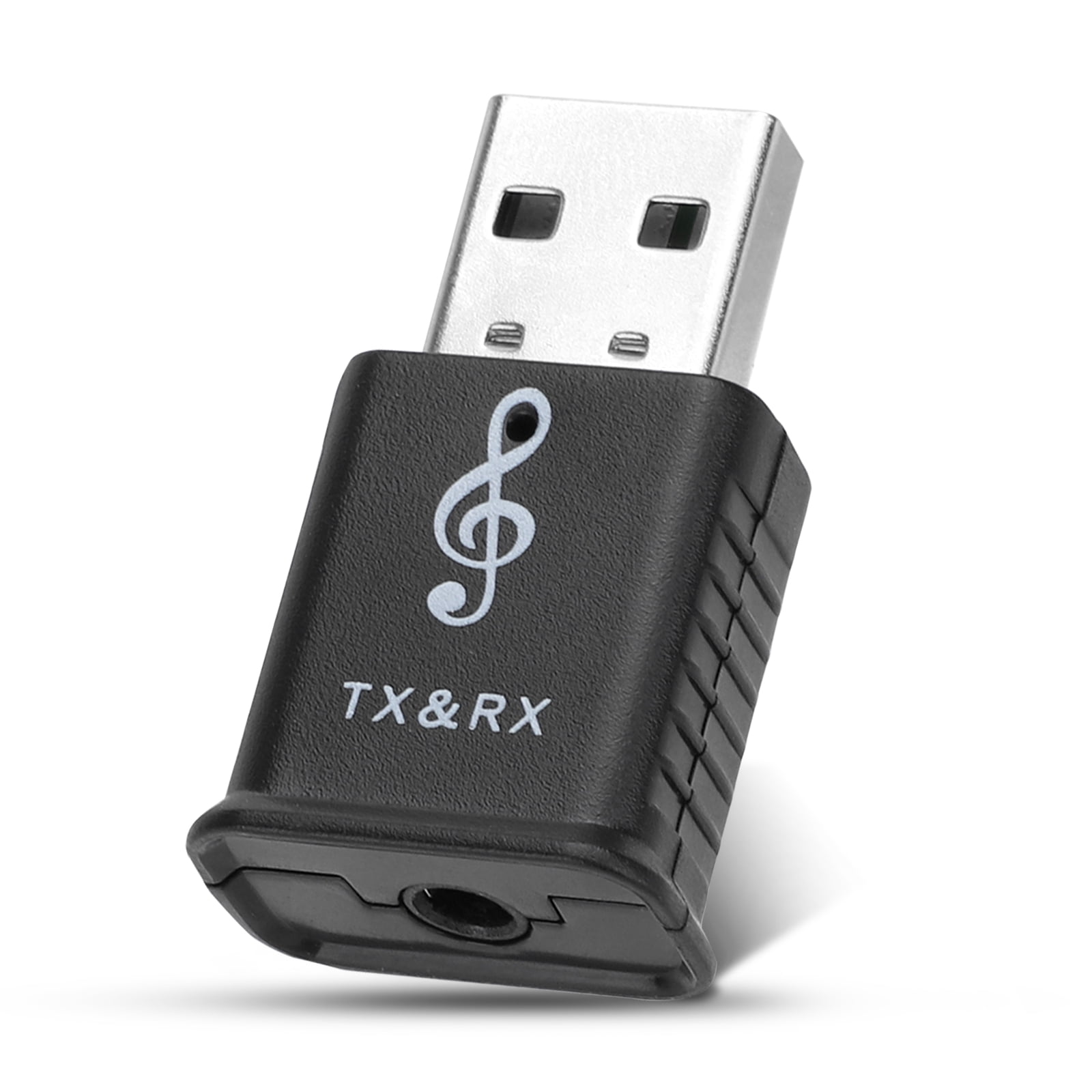
The RF amplifier transistor lies on the boundary of the two rightmost cavities while the germanium diode used as a mixer is covered in green lacquer and joins the two cavities on the left. On the left at the bottom is the antenna input, and on the right are the gears of the tuning mechanism.
#Tv audio tuner series
The tuner takes the form of a series of coupled cavity resonators with a set of linked variable capacitors at the top. A bit of screwdriver work had the cover off, and you can see the internals to the left.
#Tv audio tuner portable
Typical devices Inside a typical Japanese mechanical tuner.ĭigging around the half-forgotten electronic junk at the fringes of my workshop I turned up a generic late 1970s 12″ portable with a typical Japanese UHF tuner of the period. Most recently the local oscillator would have been a frequency synthesiser but in the era we are discussing it would have been a free-running oscillator kept in check by nothing more than a simple automatic frequency control circuit. Examples from the 1950s and early 1960s would have featured a couple of triode tubes, by the 1970s you would have found bipolar transistors and more recently they would have had MOSFETs or even GaAsFETs.
#Tv audio tuner tv
TV tuner front ends followed this model closely whatever decade of the analog era they were made in. In the case of an analog UHF TV tuner, if your TV station is on 600MHz the local oscillator would be tuned to 564MHz and the difference between the two, 36MHz, would be fed to the TV set for demodulation. The output of the mixer has a filter to select the difference signal, which is fed to the rest of the receiver circuitry as the intermediate frequency.

It is then fed to a mixer where it is combined with a signal from a local oscillator to produce both the sum of and the difference between the two frequencies. The RF you want to receive comes in from the antenna to an RF amplifier which filters and amplifies it. Derived from Chetvorno (Own work), via Wikimedia Commons.The front-end of most analog radio receivers has three parts whatever the frequency of their operation. Think of it as an homage to a technology now past that doesn’t quite fit our retrotechtacular series, and if your interests lie in that direction and you have a few old TVs come your way maybe you can draw some inspiration from it.

So this article is in a way a condensed version of something I might have written as a series had Hackaday existed in 1987, or even as a slim paperback volume had I been able to find a publisher gullible enough to accept the experimental electronic musings of an unproven teen. Their stand-alone nature meant that once removed from the set they offered considerable potential for modification and repurposing to other UHF uses, and an accessible way to learn the ropes of UHF construction. They were discrete modules inside the set, usually in a screening can about the size of a pack of playing cards. Where I grew up in the UK they were all for the UHF TV bands (about 470 to 860 MHz), and they were either mechanically tuned with variable capacitors and cavity resonators or electronically tuned with varicap diodes and stripline resonators on a PCB. These tuners were simple enough devices usually having only a couple of transistors, an RF amplifier and either an oscillator and diode mixer or a combined mixer/oscillator.

This was the RF front end that converted the signal from the antenna into a 36MHz intermediate frequency for the set to demodulate and display. Good training, you certainly end up knowing resistor colour codes by sight that way.Ī personal fascination of mine as a young radio amateur was with the analog tuner you’d find in these sets. If you could make it from 1970s-era consumer-grade discrete components, we probably did so having carefully pored over a heap of large PCBs to seek out the right component values.

We simply cast around for other sources of parts, and one of the most convenient was the scrap CRT TV you’d find in nearly every dumpster in those days before electronic recycling. Other electronic parts were far more expensive, and mail order could take weeks to deliver the goods.įor some of us, this was not a problem. We had the first generation of 8-bit microcomputers but they were expensive, and unless you had well-heeled parents prepared to buy you a top-end model they could be challenging to interface to. Less than the price of a hamburger meal can secure you a Linux computing platform such as the Raspberry Pi Zero, and a huge choice of sensors and peripherals are only an overnight postage envelope away.Ĭasing back a few decades to the 1980s, things were a little different for electronically inclined youth. Young electronics hackers today are very fortunate to grow up in an era with both a plethora of capable devices to stimulate their imagination, and cheap and ready access to them.


 0 kommentar(er)
0 kommentar(er)
